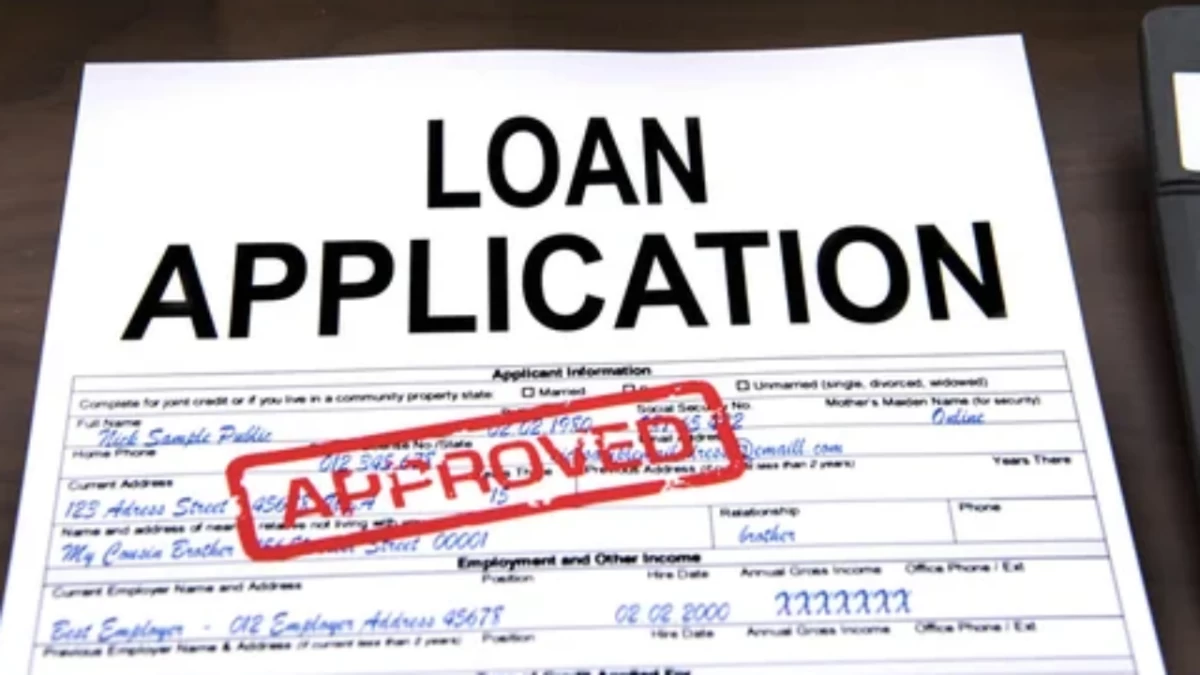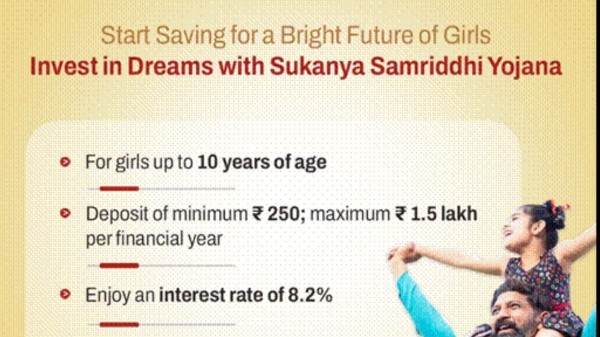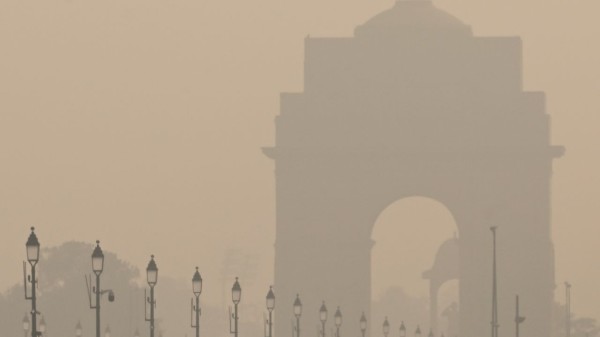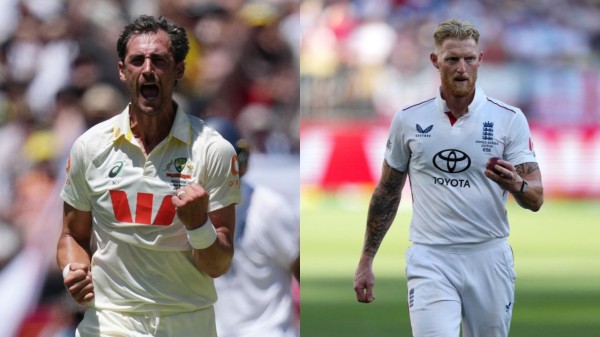

By signing in or creating an account, you agree with Associated Broadcasting Company's Terms & Conditions and Privacy Policy.


By signing in or creating an account, you agree with Associated Broadcasting Company's Terms & Conditions and Privacy Policy.

Kolkata: Private consumption is the lifeblood of the Indian economy comprising 60% of the GDP and retail credit is one of the indicators of consumption. A report of TransUnion CIBIL has stated that retail credit growth has decelerated in the January-March period of 2025, or the Q4 of FY25. What grew at 12% in January-March of 2024 sharply declined to 5% this year. Most significant, the slowdown was despite Reserve Ban of India slashing the key policy rate (Repo Rate) by 25 basis points in February ie Q4 of FY25 for the first time in about five years.
While this will cause discomfort to the economic policymakers, they will be maintaining a hawkeye on the trajectory of retail credit in the Q1 of FY26 ie, April-June period of this year. This is the most important so far since RBI took to two rate cuts in this time window -- by 25 basis points in April and a jumbo 50 basis points in June.
Following the two RBI rate cuts, the interest rates of all loans of all banks have started coming down. The three categories of retail loans where this should be immediately having an impact are personal loans, vehicle loans and home loans. While announcing the rate cut, RBI governor Sanjay Malhotra said that with 100 basis points cut between Febriuary and June, RBI has done whatever it could to incentivise consumption.
While economic policymakers expect these three rate cuts between February and June to boost consumption sharply, there is another push to consumption which has taken place since April this year. Union finance minister Nirmala Sitharaman announced a tax-free income up to Rs 12.75 lakh a year for the salaried class. The impact of this measure through standard deduction, slab rates and rebates have put extra cash in hand of a vast number of taxpayers in the country. In simpler words, they have been getting more cash in their pocket from May, when they got the pay for April, the beginning of FY26. The twin boosters of income tax relief and interest rate cuts should boost consumption and, in turn, nudge the GDP growth rate upwards.
The TransUnion CIBIL’s June 2025 Credit Market Report said the Credit Market Indicator (CMI) dived to 97, which is a two-year low. "The muted demand was more pronounced among consumers 35 years old or younger. Consequently, the share of New-to-Credit (NTC) consumers that lenders supplied decreased by three percentage points during the same period, given that a large share of younger consumers constitute the NTC segment," the report mentioned.
Despite this hiccup, there was a definite improvement and that was a decline in the delinquency of credit card bill payments. The report mentioned there was month-on-month improvement in credit card repayments during the three months of Q4 FY25.
TransUnion CIBIL’s also found that demand for loans decelerated from the younger segments. There was a decline in loan enquiries from those aged 35 years or younger from 58% in Q4 FY24 to 56% in Q4 FY25. In all loan categories leaving aside personal loans, loans grew in value at a faster rate than they grew in volume ie number of loans. This indicates that the average ticket size of loans rose. Home loans and two-wheeler loans were particularly of a higher value compared to earlier periods.
In January-March this year home loans more than Rs 1 crore grew 9% (on a year-on-year basis). In the comparable period of 2024 (Q4 of FY24), the home loan segment suffered a shrinkage of 7%. When it came to two-wheeler loans above Rs 1.5 lakh, the number of loans grew 7% against a shrinkage of 1% a year ago.












